The spine is a complex structure comprised of muscles, ligaments, tendons, and bones. With warming temperatures and increasing daylight hours, we want to ensure your spine is functioning optimally for the active seasons ahead! Low impact exercise, like hiking, is a great way to decrease cortisol levels, elevate overall mood, and strengthen large muscle groups.* Exposure to the sunshine vitamin also helps regulate calcium levels and promote bone health too!** Listed below are tips to ensure optimal mobility and safety for the hiking season ahead.
Hydration – Dr Jassal regularly mentions the importance of hydration and movement following an adjustment. Why? The spine is comprised of interchanging vertebrae and vertebral discs. Each disc consists of a fluid core and its tough exterior structure. They function to cushion each vertebrae and minimize impact from daily movement. When an adjustment is delivered, the nervous system is freed from spinal stress. This releases accumulated toxins and inflammation into the body. Hydration helps expel these toxins, replenish the hydration of intervertebral discs, and optimize articulation and flexibility between each vertebrae.
Stretching – Stretching improves circulation by increasing blood flow to your organs, glands, and blood vessels. Improved circulation helps the body recover faster and eliminate waste byproduct that builds in these aforementioned areas. We recommend dynamic stretches to lengthen your muscles prior to hiking followed by static stretches to improve flexibility. The combination of stretches will help improve your range of motion and prevent injury on the trails!
Research and Gear – There are 1600 search and rescue missions initiated in British Columbia annually. The information below is meant to provide a basic overview on hiking safety. Further research and conversations with outdoor enthusiasts are recommended.
Before departing on your intended hike, it is important to independently research the terrain, wildlife, and weather typical of the region. Particularly in the springtime when snowlines are deceivingly low and avalanches are an extreme possibility. In terms of gear, your bare minimum should include the ten essentials (flashlight, fire-making kit, signalling device, additional food and hydration, clothing, navigation aids, first-aid kit, emergency shelter, pocket knife, and sun protection), comfortable hiking shoes, and a properly fitted backpack. You may also consider trekking poles to reduce the impact on your joints when descending the mountainous terrain. As outdoor enthusiasts ourselves, we encourage you to pack for worst case scenario, leave specific details with a trusted safety human, rent or invest in quality equipment, test said gear regularly, and have FUN!
If you have questions about spinal health or stretching, ask Dr Jassal at your next adjustment! Incorporating regular chiropractic care will ensure proper spinal alignment for the active seasons ahead. When you combine that care with cardiovascular exercise, like hiking, you are greatly increasing the benefits of both! Happy trails, everyone!
* Source
** Source
Additional Safety Resources



